Intellectual Property and Proprietary Rights Explained
What makes your company unique? Maybe it is a groundbreaking product, a recognized brand, or some secret recipe that customers just love.
Here is the question, though: How safe is it from copying?
If someone were to try to steal it, could you stop them?
That's where intellectual property and proprietary rights come in.
These two concepts sound similar but have differences in their uses. Intellectual property protects inventions, and brand names, among others with legal provisions.
Proprietary rights of business secrets and insider knowledge that give you an advantage over others in business may not always be legally protected.
In this blog, we will break it all down in simple terms so you can take the right steps to protect your hard work. Let's dive in!
Understanding Intellectual Property (IP)
IP simply stands for intellectual property, the legal right you can protect whatever you come up with.
So, imagine that you invent something: you have a new product, you have written a book, you've designed a logo, or maybe you've thought of some new software.
More than likely, you'd like someone else not to copy it and not to sell it without your permission. That's what intellectual property is there for.
There are four types of intellectual property: patents, copyrights, trademarks, and trade secrets.
Patent: A patent can be filed for any new invention, a game-changing gadget, a unique business process, or even a software algorithm. This grants the inventor exclusive rights to use or sell the invention for a period of time, usually 20 years. No one else can legally copy or profit from it without your permission.
Trademarks: Imagine brands such as Nike or Apple. Their names, logos, and even slogans are trademarks which means they cannot be used and copied by others. A trademark protects the identity of your brand and helps customers recognize a business instantly.
Copyrights: If you ever write a book or develop software, copyright protects the original work created by you. It ensures your creative content that your hard work is not plagiarized.
Trade Secrets: Unlike patents, trade secrets are confidential and not publicized. They are kept under wraps with the help of a contract or an NDA by businesses.
Understanding Proprietary Rights
Something else that is almost as important but often overlooked in the discussion about intellectual property is proprietary rights.
Think of all the behind-the-scenes things that make your business run smoothly: your customer lists, pricing strategies, internal processes, and business plans.
While these may not qualify for intellectual property protection, they are valuable.
That's why businesses treat them as proprietary information and take steps to keep them confidential.
Unlike intellectual property, proprietary rights are not dependent on registration.
Businesses will have to make internal arrangements to protect its private information. This includes the following:
NDAs (Non-Disclosure Agreements): A legally binding contract that prevents workers, contractors, and other partners from revealing confidential information.
Access Controls: Limit viewing of sensitive documents such as contracts, financial data, and customer records to only those people who need them.
Cyber security measures: Protecting digital data against cyber threats and hackers.
Physical Security: Locking away important documents and shredding anything sensitive instead of throwing it in the trash.
The secret ingredient that can keep a business ahead of its competitors may lie in proprietary rights.
However, without the right precautions, one can easily lose them.
And contract management plays a critical role in ensuring that agreements such as NDAs, licensing deals, and confidentiality contracts can make all the difference in keeping one's proprietary information safe.
Intellectual Property vs. Proprietary Rights: Key Differences
So, what's the difference between intellectual property and proprietary rights?
Many business owners assume they are the same but are really very different in terms of protection and enforcement. Here's a simple breakdown:
| Feature | Intellectual Property | Proprietary Rights |
| Legal Protection | Protected under patent, trademark, copyright, or trade secret laws | No direct legal registration, but can be protected through contracts and policies |
| Ownership Proof | Requires official registration or clear documentation | Ownership is established through business operations and confidentiality measures |
| Examples | A patented machine, copyrighted software, a trademarked brand name | A company’s confidential client list, pricing strategy, or secret recipe |
The understanding of this difference is very important because how you protect these assets is very different.
- If you have an invention, creative work, or brand, you need to register it under IP laws to gain legal ownership.
- Confidential business information: If you have confidential business information, your best defense is contracts, security measures, and internal policies.
One of the mistakes that businesses make is the assumption that proprietary information is somehow protected simply because it belongs to them.
The right contracts and security measures have to be in place to protect your business strategies or customer lists from an employee or competitor using them for his or her benefit.
This is why having a solid contract management process is important.
Whether it's licensing a patent, enforcing a trademark, or securing proprietary business data, clear agreements ensure that your business assets end up on your balance sheet rather than someone else's.
The Role of Contracts in Protecting Intellectual Property and Proprietary Rights
Although intellectual property laws offer some form of legal protection, they are not comprehensive.
That is where contracts come into play as a strong mechanism for protecting intellectual property (IP) and proprietary information.
A well-drafted contract does something more than record agreements on a piece of paper.
It details rules for when and how this business information might be shared.
In the meantime, companies in question risk a loss of grip over their highly valued assets-their intellectual and proprietary rights-unless they come with the necessary contracts.
Take a closer look at how contract types help these businesses secure ownership over their information.
Non-Disclosure Agreements NDAs: Keep Your Business Secrets Safe
Every business, be it large or small, has sensitive information.
Whether one is working with a partner, employees, or with vendors, there might always be confidential details that should not leak outside of that particular organization.
This is where NDAs come into effect.
An NDA is a simple but powerful contract that prevents people from sharing or misusing confidential information.
If you are developing a new product and need to discuss it with a manufacturer, then an NDA ensures they cannot disclose your designs or ideas to anyone else.
Basically, without an NDA, the entity risks losing control over proprietary knowledge by disclosing customer lists, business strategies, or secret formulas to outside parties.
Best practice is to have NDAs in place before discussing any sensitive information with outsiders.
Licensing Agreements: Controlling How Your Intellectual Property is Used
If your business owns patents, trademarks, or copyrighted materials, you may want to allow others to use them while still gaining control.
That's where the licensing agreement comes in. A licensing agreement is basically a contract giving a particular company or individual permission to use your intellectual property under certain conditions. For instance:
- A small company can license patented technology to a larger corporation with the agreement that the corporation would pay the former royalties.
- Clothing brands could license their logo to manufacturers to produce merchandise in the name of the brand.
- A software firm can license its product to firms but clearly state how many users will use it.
Thus, without a precise licensing agreement in place, they may lose all control over intellectual property.
These companies need to clearly outline these terms such as how long this license will exist, where its applicability takes place, and how much the licensee will be paying for their license.
And in long-term partnerships, especially those involving recurring payments, it’s just as important to ensure you know when and how to update a royalty agreement contract over time to keep terms relevant and enforceable.
👉 Before you sign off on any brand licensing deal, check out our blog on how trademark license agreements work in action.
Employment Contracts: Preventing Intellectual Property Leaks
The core of every business are its employees, but at the same time, they can also access highly confidential business information.
That's why employment contracts become very essential for protecting intellectual property and proprietary rights.
An effective employment contract is one which helps employees realize the responsibility level associated with confidential information. These could include:
- Ownership clauses: If an employee develops something innovative while working for the company, such as software, design, or a process, then it should clarify who owns the rights to that something.
- Non-compete agreements These prevent the employees from becoming a direct competitor or starting a similar business for some years.
- Confidentiality clauses: Employees will agree not to disclose sensitive business information even after leaving the company.
How Contract Management Protects Business Assets
A contract management system helps a business:
- Store contracts safely so important agreements do not get lost or misplaced.
- Track the date when these NDAs, licenses, and employment agreements are to expire and have them renewed or updated in good time.
- Enforce terms, making it easier to take legal action if someone breaches an agreement.
Without proper contract management, companies might miss critical renewal dates, lose access to important agreements, or fail to enforce their intellectual property rights.
But instead of relying on manual tracking methods like spreadsheets and email reminders, businesses can streamline everything with Microsoft 365-powered contract management solutions like Dock 365.
Final Thoughts
Starting from NDAs and licensing agreements, up to an employment contract, the legal safety measures all serve to place those ideas, innovations, or even business strategies of yours right within your grasp.
And remember, just having contracts isn't enough.
Businesses need a solid contract management process to ensure agreements are well-organized, enforceable, and up-to-date.
Using Dock 365's contract management solution, businesses can automate tracking, reduce the amount of work done manually, and protect the most valuable assets with ease.
Want to see how Dock 365 can change your contract management process?
Sign up for a free demo today and learn how to simplify the storage, tracking, and compliance of contracts within Microsoft 365!
Like our content? Subscribe to our newsletter on LinkedIn for more insights and updates.
Book a Live demo
Schedule a live demo of Dock 365's Contract Management Software instantly.

Written by Jithin Prem


